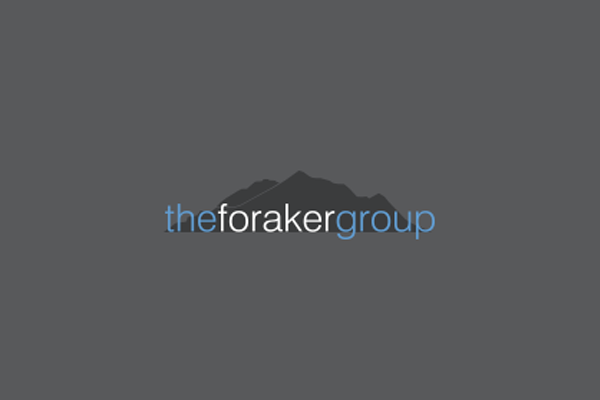


Latest news, alerts, and events.
Latest news, alerts, and events.

Unrestricted funds are interesting because they actually come from the most sustainable revenue streams. That critical support includes committed individual donors and mission-related income. An individual charitable giving strategy succeeds when a donor both perceives that an organization delivers on its mission and feels nurtured in his or her relationship with the organization. Earned revenue succeeds when an organization provides a quality product or service that is valued either by individuals or by institutions.
While both require specific infrastructure to implement, these are the strategies for securing sustainable income. Eventually these strategies, when paired with disciplined budgeting, will result in reserves of unrestricted funds. The transition from grant-dependent income to revenue based on sustained charitable giving or earned income is much easier than you might believe. The skills needed to succeed in grant seeking – accountability to the funder, transparency in operations, and good communication – are the basic requirements needed with individual donors or with customers for an earned income operation.
When strategies are developed in a way that ensures a mutually beneficial relationship between an organization and either a donor or a customer, then sustainable income becomes much simpler to generate. The phase charitable organization is misleading when applied to most nonprofits. When taken as a whole, a majority of nonprofit income is earned, and less than 25 percent is from charitable donations.
Is your organization more dominant in earned or charitable revenue?
–Dennis
Dennis McMillian, is President of The Foraker Group, a capacity building organization based in Alaska, and the author of Focus on Sustainability: A Nonprofit’s Journey.